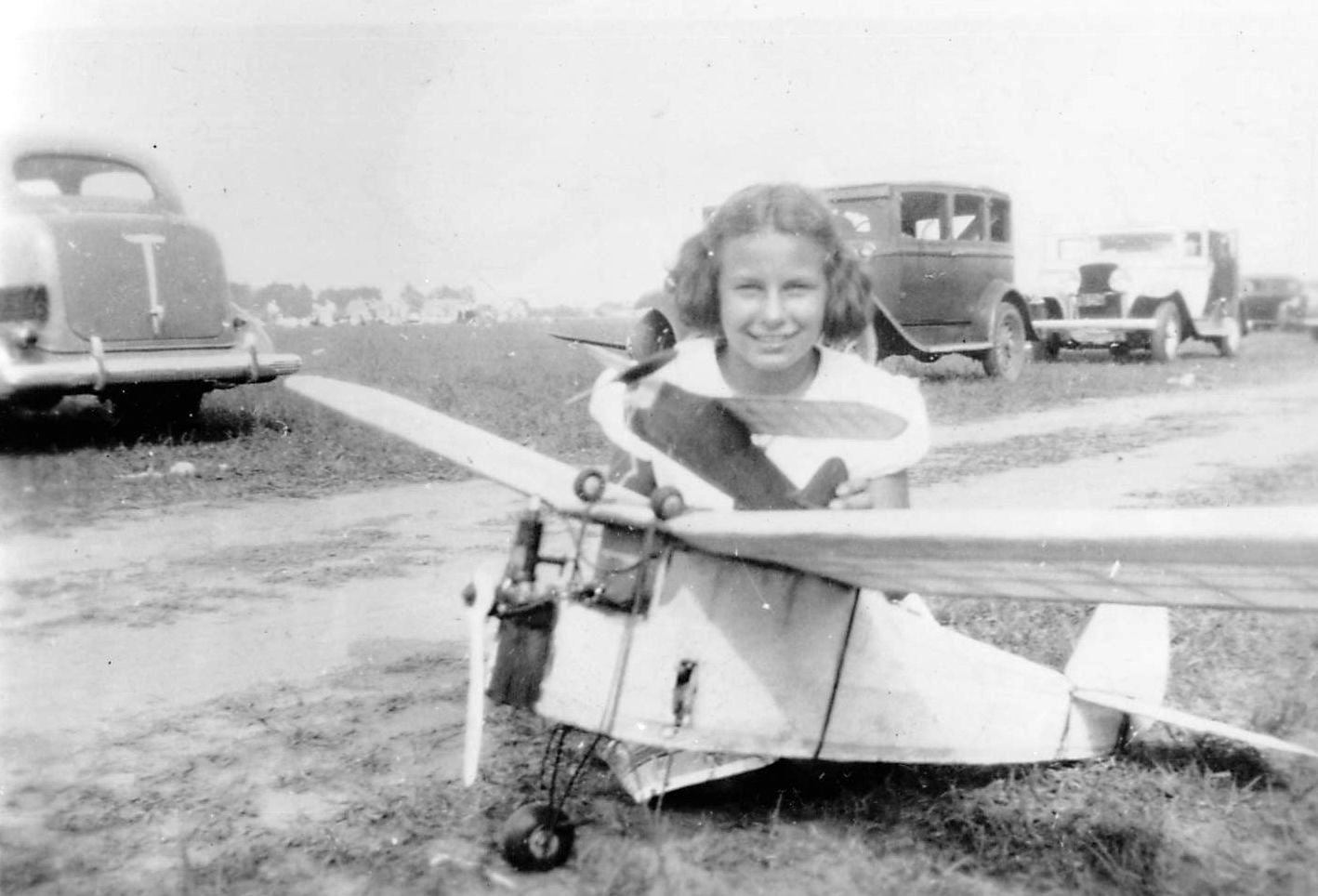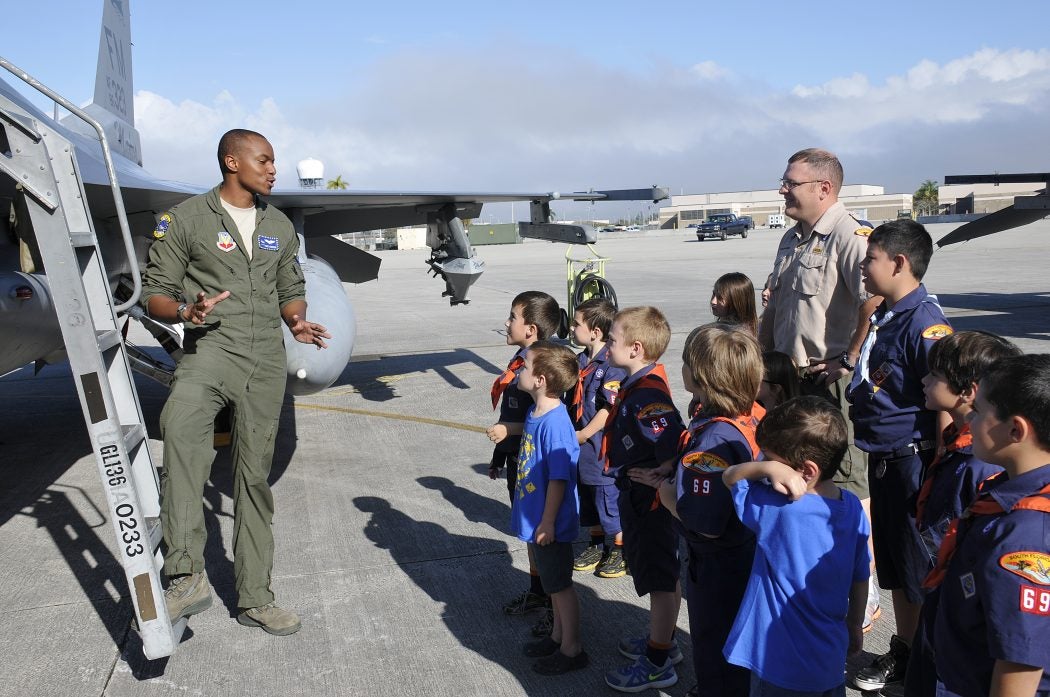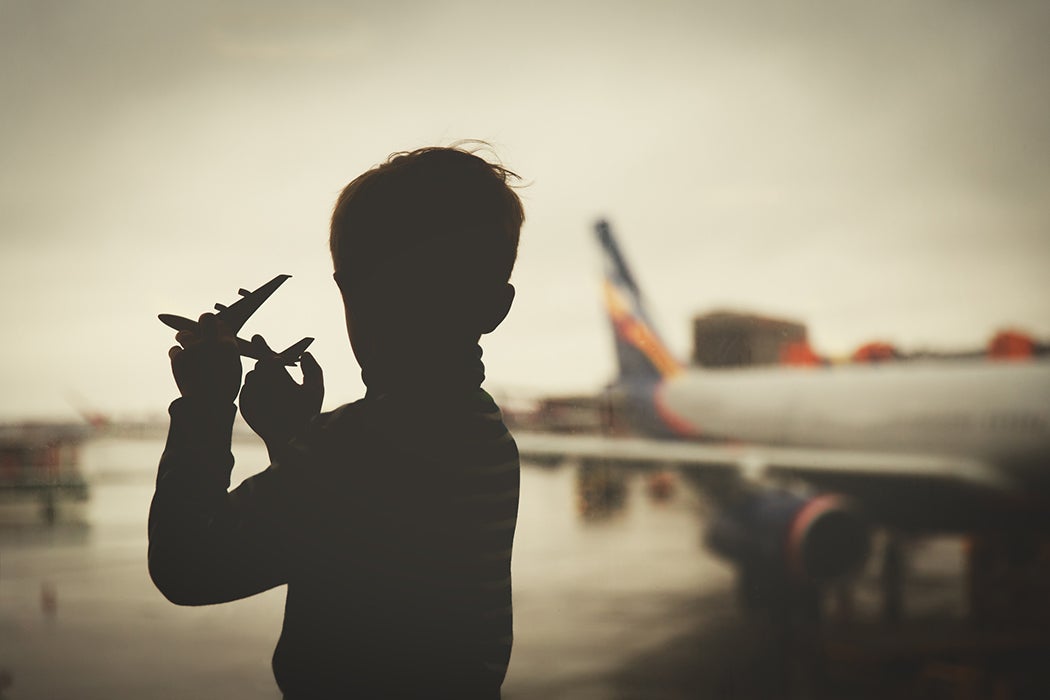The thought of traveling by air during the busy holidays can conjure feelings of anxiety, bitterness, and even dread. For many parents with young children, the idea of wrangling little ones through a phalanx of security checkpoints and a byzantine network of terminals can be almost too much to bear. Never mind the seemingly endless layovers, complicated transfers, and agonizing waits at gates while youngsters go bonkers as boredom settles in.
Airports haven’t always been such stressful places. Beginning in the early days of commercial flight, families flocked to airports for leisure and recreation. Schools brought children to airfields for tours. Young aviation fans crowded open-air balconies to get a look at the latest aircraft or, through clubs like the Air Youth of America, held model aircraft shows on airstrips. Even today some airports have created spaces for children that encourage them to act out the roles of pilots and other personnel.
Weekly Newsletter
According to scholar Peter Adey at the University of London, many airports were originally designed to “encourage children and young people to interact with the airport buildings and environment” in an effort to bring about “airmindedness,” a “general enthusiasm for air travel.”
That ambition soared in the 1920s and 1930s, when aviation technology was still so new that it was considered a sign of humanity’s future. It hit cruising speed in World War II, coasting through the 1950s until the emergence of new security threats brought an end to the utopian era of flight.
The Golden Age of Aviation
Skepticism may have greeted the Wright brothers’ flights in the early 1900s, but by the end of the first World War, Americans felt a growing enthusiasm for aviation. Films like The Dawn Patrol, Lilac Time, and especially Hell’s Angels, produced by Howard Hughes, showcased dogfights and aerial adventures.
Barnstormers, often former war aviators, traveled the country showing off their skills, charging passengers a few bucks for airplane rides. The introduction of commercial aviation in the mid-1920s inspired a generation of boys and girls to dream of one day taking to the air themselves.

But it was one barnstormer in particular who would set the public’s passion for flight afire and stoke the imaginations of youth: Charles Lindbergh. In 1927, he flew solo, nonstop, from New York to Paris, proving that airplanes could traverse vast distances, thrilling Americans following the news. Shortly after that momentous flight, companies produced games like the card-based Lindy, which capitalized on Lindbergh’s adventures, and boxed model kits of Lindbergh’s famed Spirit of St. Louis airplane entered the market.
Yet the cost of commercial air travel was prohibitive. To capitalize on the interest in aviation, airports in the U.S. featured grandstands, bleachers, and car pens where thousands of people could watch airshows and spot planes. Airports became civic and commercial landmarks. Just to have one was a symbol of a city’s growing economic importance.
By the early 1930s, model airplane clubs such as the Junior Birdmen of America had nested in towns and cities across the country, further tapping into the air-age enthusiasm. The Skybirds aviation modeling company released the first model airports that added a terminal, hangars, engine shops, and workshops.
While there was a generalized excitement about aviation, “promotion of aviation was targeted towards young people more than anyone else,” writes Adey. Schools and colleges integrated the study of aeronautics into their courses. Students were measured by their understanding of the mechanics of the air age. “To be a good citizen was to be airminded,” Adey argues.

But it was visits to airports themselves that solidified air-mindedness for young people. “For it was supposed that the interaction of young people with the airport buildings would shift opinion and encourage their interest in aviation,” Adey writes. School outings included trips to observe control tower operations and aircraft, with the goal of continual exposure to spaces where flight could be observed.
Even the Boy Scouts of America sought to form air-minded youth, forming their own Air Scouts. “As part of the required training, Air Scouts visit available local airports and schools to get first-hand information on the working operations of aviation,” according to a Handbook for Scoutmasters from the 1930s. “Such visits may be for general information, or for the purpose of observing construction details, practice in taking down an engine, landing control.”
By 1939, the newly built LaGuardia Airport in New York City featured the open-air Skywalk balcony where spectators would gather to watch planes arrive and depart. For as little as 10 cents, a family could visit the observation deck to see planes from across the country.
From Enthusiasm to Aviation Anxiety
World War II “underscored the strategic—rather than the adventurous—dimension of flight,” writes the scholar Susan Schulten in her book The Geographical Imagination in America, 1880-1950. “Eventually flight became less a source of dreams than an instrument of national necessity.”
In response, the Rockefellers formed the Air Youth of America in 1940. While much of their time was spent learning about aviation through model building, even holding model racing contests at airports, the Air Youth of America was also seen as a means to build a corps of air-minded youth who would become the “backbone of American aviation,” as one article in Boys’ Life magazine proclaimed.
Spectatorship became a means to an education. In London, at Liverpool Airport, sightseers crowded open-air balconies while swooning over their favorite aircraft with log-books in hand. By the 1960s, children were mingling with the crowds to learn from the older spotters.
According to Adey’s later article “Architectural Geographies of the Airport Balcony,” the rise of international terrorism changed the direction of airport design, creating barriers to access around areas that had been enjoyed by generations of enthusiasts. By the 1960s, airports and airplanes had attracted the attention of hijackers, bombers, and criminals bent on using the modern system of aviation to achieve their nefarious ambitions. In response, security was tightened, and the divide between where the public could congregate and where only screened passengers could go widened. Commercial aviation was also undergoing transformation as more people than ever before were able to afford to fly.
In a sign of the times, the once-popular Skywalk observation deck at LaGuardia Airport was demolished in the mid-1960s, along with the original art-deco terminal. In its place rose a modern glass-and-concrete replacement. The end of an era had come.
“That period is all gone,” said Joshua Stoff, curator at the Cradle of Aviation Museum in Garden City, New York, in a recent phone interview. “People don’t go to the airports for entertainment anymore.”
He said the physical design, security measures, and distance between the airport and the communities they serve has made getting to the airfields a chore. “Now it’s too much of a hassle,” he said. A lot of the amenities that once attracted people to pass the time at airports are gone or only accessible once a passenger gets past security. The experience of flying in an airplane has also become cumbersome. “Every flight you get on is completely full,” he said. “It’s something that you have to endure.”
Encouraging Airmindedness in Children Today
Even if airmindedness is no longer an overt goal for airports, some of them have made an effort to create spaces specifically for children that encourage imaginative play. Chicago’s O’Hare International Airport, for instance, features the “Kids on the Fly” exhibition, which has a model airplane, control tower, and helicopter that children can play on. The designers, Peter and Sharon Exley, renowned for creating environments for children, based the exhibit on the concept of “learning by doing.” The space is built with a view to the airport’s apron, where aircraft can be seen taking off and landing.
Other airports also have “kid zones,” featuring aviation-themed installations for play. While Adey and others have emphasized the educational nature of such interactive spaces, Stoff says he finds little of pedagogical value in them. “It’s really to keep kids from bouncing off the walls” while they wait for flights, he argues.
In addition, kids can find the Aviation Library and Louis A. Turpen Aviation Museum in the International Terminal of San Francisco International Airport. John Hill is the curator-in-charge of aviation, and he says that airports can still serve a pedagogical role “by virtue of their existence… whether it’s planned at all.”
“We still get glimpses of the airfields,” he said, “and that may excite young minds.”

The museum’s collection includes everything from a 1930s flight officer’s briefcase to model aircraft and an archival library. The museum engages with the local school district and averages about 3,000 student visits each year. It has developed an education program around an exhibition of the China Clipper, a flying boat built for transoceanic flights for Pan American Airways. Students are tasked with making observations about different types of flying boats, examining flight routes, and making paper airplanes to learn the basics of aerodynamics.
Hill said he can tell when an exhibition is a hit with the students. “When smudges or impressions are low on the exhibition cases… I know we’ve attracted some young viewers,” he said.
Student groups can also be taken on a trip on the airport’s AirTrain, “which is super fun,” says Hill, or to what’s known as the “noise abatement center,” where sound levels are monitored. “We have not been able to take them up into the tower in recent years because the FAA [Federal Aviation Administration] isn’t keen on that,” he added.
The airport also plans to create an observation deck with full-height windows where people will be able to engage in plane spotting, just like in the old days.
While aviation education may not be as overt as it was in the heyday of flight, Hill said it remains important and has become intertwined with STEM studies. “The global air transport system is well established now, and maybe it’s something we take for granted,” he said.
It’s difficult to imagine any concerted effort to engage children in the kind of education that might lead to the enthusiasm for flight that existed in the air age. The 9/11 attacks led to further security enhancements that curtailed airport mobility for youngsters, and the experience of navigating highly secured modern terminals and gates can often lead to a sense of dread and disorientation. But airports continue to play a vital role in teaching people, including children, about the interconnected world in which we live. And there are still times when a child might be seen gazing out a terminal window at the jetliners rising up into the air with a sense of wonder and curiosity.







